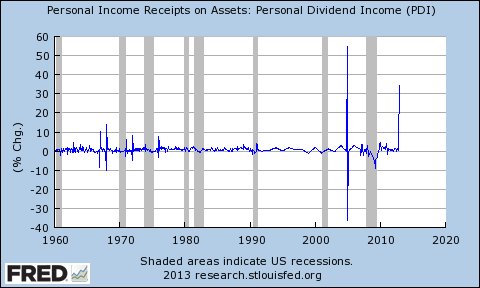The campaign, now under way, is being sponsored by Builder Homesite, an organization in Austin, Tex., that counts among its owners 32 companies that build homes under more than 35 brand names. Among those owners are Beazer Homes, K. Hovnanian, Lennar, Pulte Homes, the Ryland Group and Toll Brothers.
The campaign, by GSDM in Austin, part of the Omnicom Group, carries the theme “Start fresh. Buy new.” Plans call for spending $5 million to $10 million on the campaign during the next two years.
The centerpiece of the campaign is a special Web site that is an offshoot of New Home Source, a Web site for Builder Homesite that helps potential home buyers search for newly built houses. The special Web site promotes what the consortium presents as the myriad benefits to consumers of making their next “new home” one that is completely new, not merely new because they have not lived in it before.
In addition to the special Web site, the campaign also includes banner ads, search engine optimization, a sweepstakes and a presence in social media like Facebook, Pinterest and Twitter. The campaign also includes a public relations initiative, handled by the Edelman division of Daniel J. Edelman Inc.
The campaign, which was tested last fall, is being aimed at consumers from 30 to 54 years of age, with an average annual household income of $80,000 and higher. The goal is to try to stimulate demand for newly built homes, which in turn would stimulate new-home construction, decimated during the financial crisis.
“This was born out of the housing collapse” that followed the crisis, says Tim Costello, chairman and chief executive of Builder Homesite, as the percentage of newly built homes out of the total number of houses sold each year tumbled to 5 percent from a typical range of 15 to 20 percent.
“We lost about two-thirds of our market share,” he adds.
Construction of new homes has recovered recently, according to Bloomberg Businessweek magazine, reaching about 917,000 houses a year, the fastest pace in almost five years. But by some estimates, Time magazine reports, about 1.2 million new homes need to be built in the United States each year to keep up with population growth.
“This is really new territory” for home builders, Mr. Costello says of the campaign. “We’ve never actually gone into what I would call the ‘Got milk?’ side of this.”
The previous efforts by the consortium, centered on newhomesource.com, are about offering potential home buyers a national online search site for new homes. This campaign, by contrast, is intended to generate awareness of what the consortium owners believe are the benefits of newly built homes.
“We discovered we as an industry needed to do a better job of educating consumers,” Mr. Costello says.
And “builders were lulled during the boom into not having to sell,” he adds. “We lost control of the conversation.”
Complicating matters, Mr. Costello says, is the way people say “new home” when they mean “it was new to them” and not newly built. “When was the last time you walked into Home Depot and saw a used toilet, a used carpet, used building materials?” he asks. “But if you put them all together in a house, it’s a ‘new home.’ ”
Mr. Costello and Keith Guyett, vice president for marketing and industry communications of Builder Homesite, acknowledge the challenge they face in pitching the benefits of newly built houses to potential buyers who are looking for vintage houses, houses in established neighborhoods and, for reasons of sustainability, houses that have already been built.
“We have no problem at all with someone saying, ‘I want a 1920s Tudor in an old neighborhood,’ ” Mr. Costello says. “But there’s a trade-off: It will need a new roof in five years. It will be drafty. The energy bill will be five times more.”
Mr. Guyett says: “When you buy a ‘used home,’ as we call it, you have a new to-do list. Your new home needs a new roof.”
Article source: http://www.nytimes.com/2013/04/08/business/media/theres-no-place-like-a-new-home-ads-assert.html?partner=rss&emc=rss


